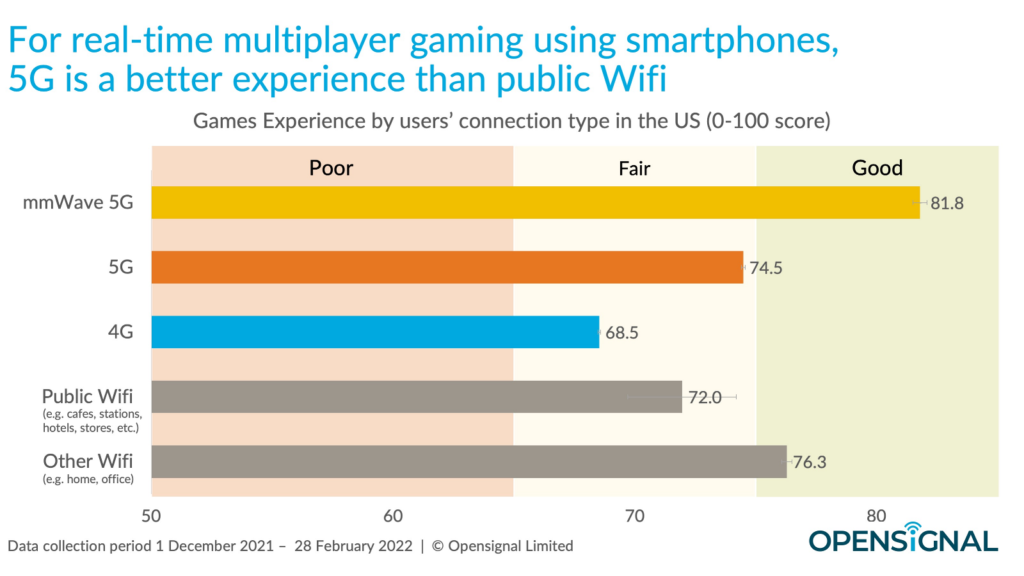Electron charge qubits are considered promising for solid-state quantum computing due to their simplicity in design, fabrication, control, and readout. However, the coherence duration of electron charge qubits on standard semiconductors and superconductors is limited by intense charge noise to microseconds.
A team led by the U.S. Department of Energy’s Argonne National Laboratory has developed electron charge qubits that surpass this limitation. They have achieved an impressive coherence time of 0.1 milliseconds, nearly a thousand times longer than the previous record.
While 0.1 milliseconds may seem short in real-life terms, it provides a significant window in the quantum realm for executing numerous operations. The quantum information in the motional (charge) states of electrons is encoded in the team’s charge qubits.
Professor Dafei Jin, leading the project at the University of Notre Dame and Argonne, emphasized the attractiveness of electron charge qubits for their simplicity and compatibility with existing classical computer infrastructures.
The team’s qubit consists of a single electron trapped in a vacuum on a solid-neon surface, offering stability against environmental disturbances. The extended coherence time is ensured by the neon platform, protecting the electron qubit and enabling high-fidelity control and readout of single qubit states.
The team’s qubits can perform 10,000 operations with precision and speed, a significant advancement compared to conventional electron charge qubits. Additionally, the ability to connect multiple qubits is crucial for scalability, and the team has demonstrated the coupling of two-electron qubits to exchange information over a superconducting circuit.
Further research aims to entangle multiple qubits and enhance the coherence time to fully optimize the electron qubit technology.
Journal Reference:
- Zhou, X., Li, X., Chen, Q. et al. Electron charge qubit with 0.1 millisecond coherence time. Nat. Phys. (2023). DOI: 10.1038/s41567-023-02247-5



